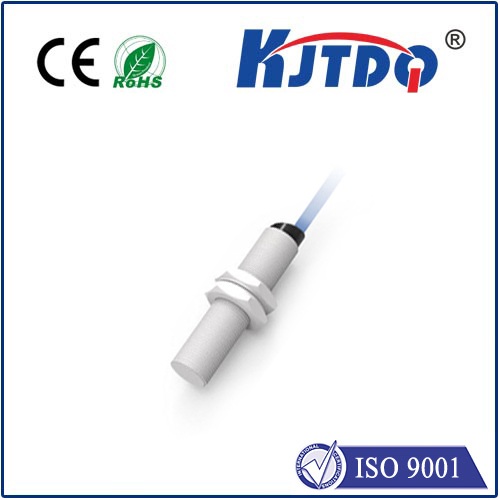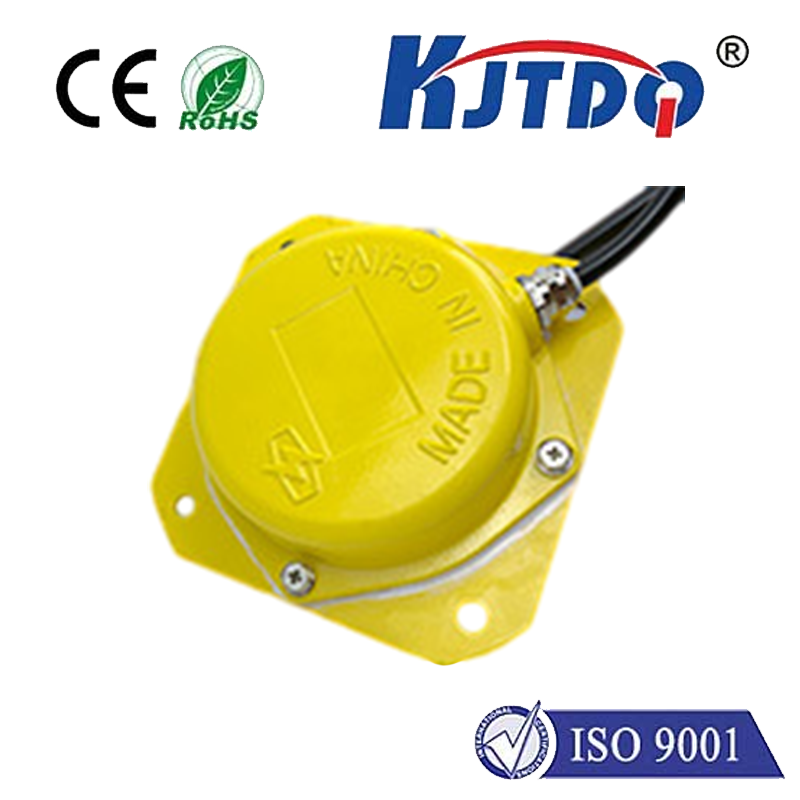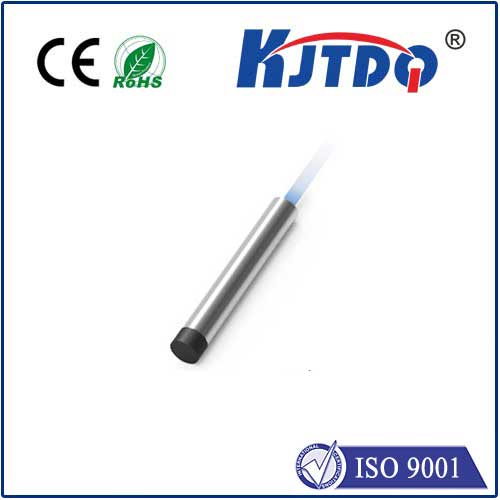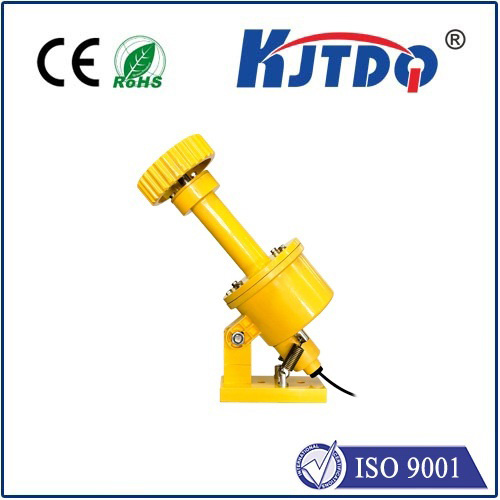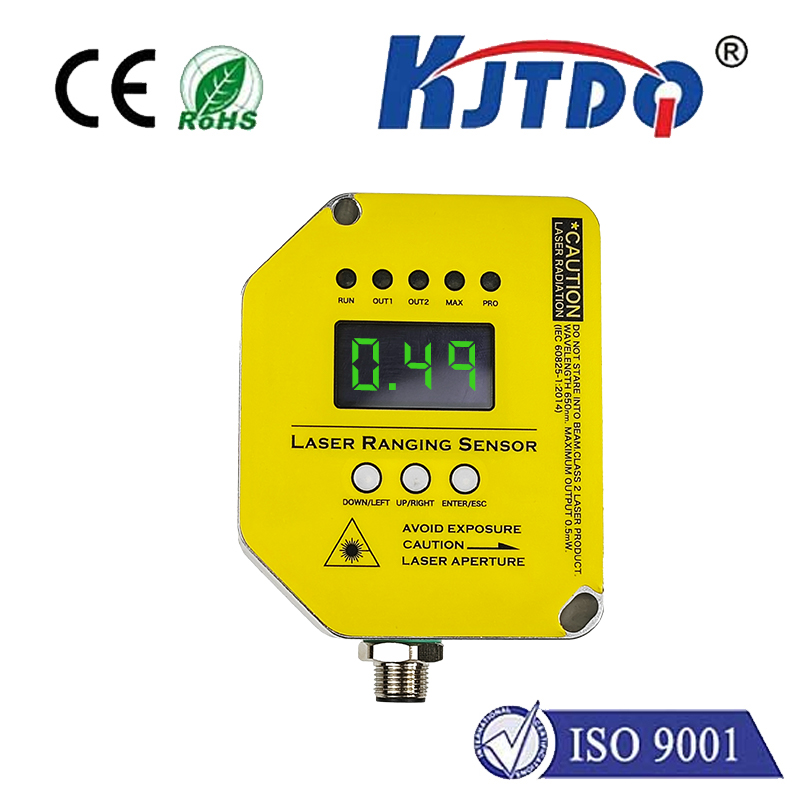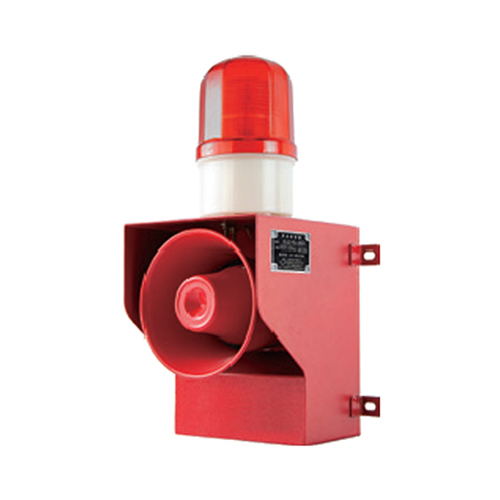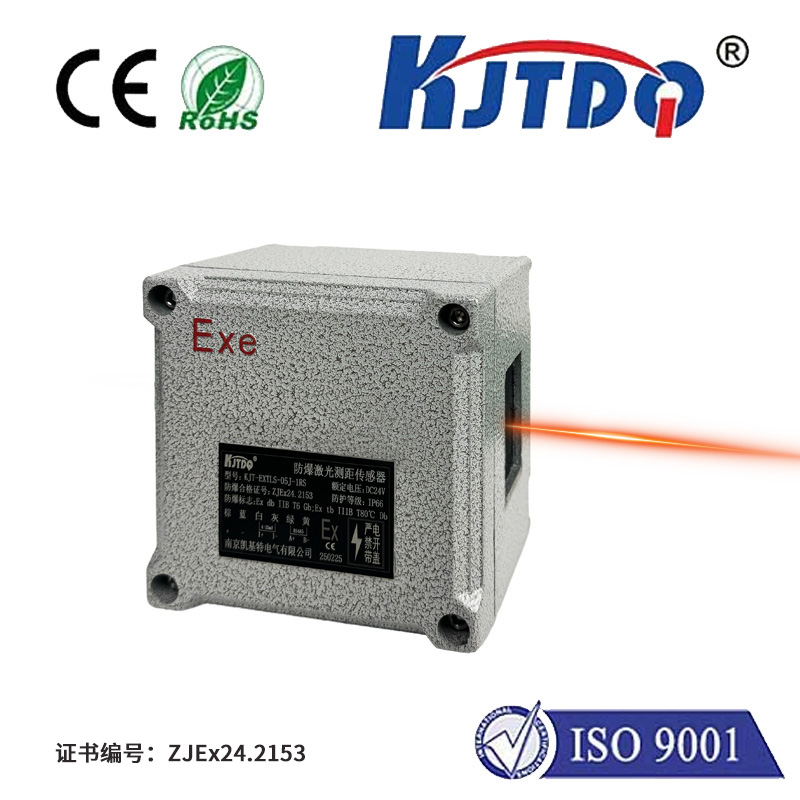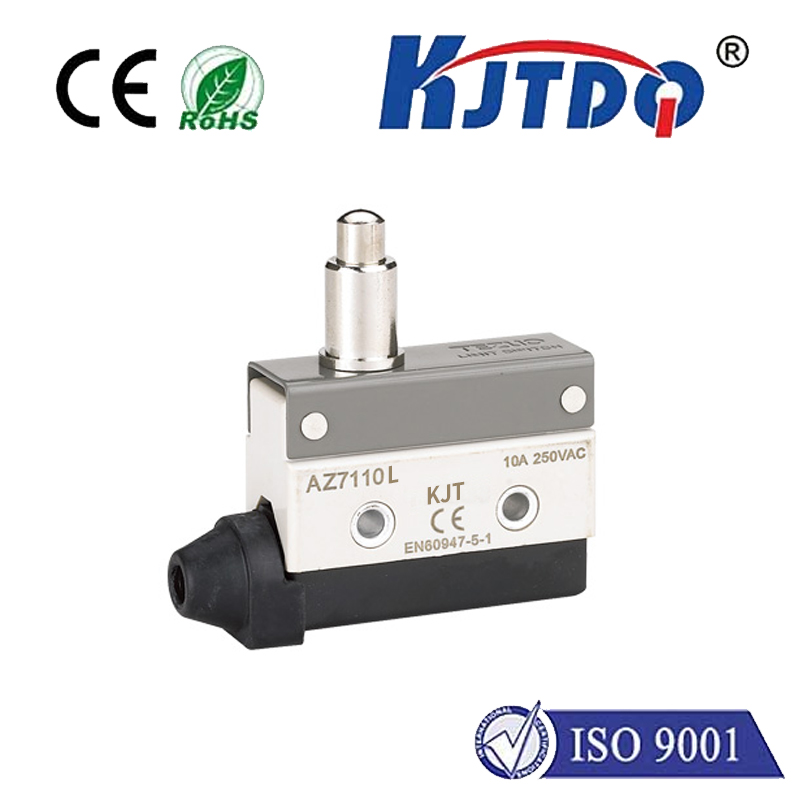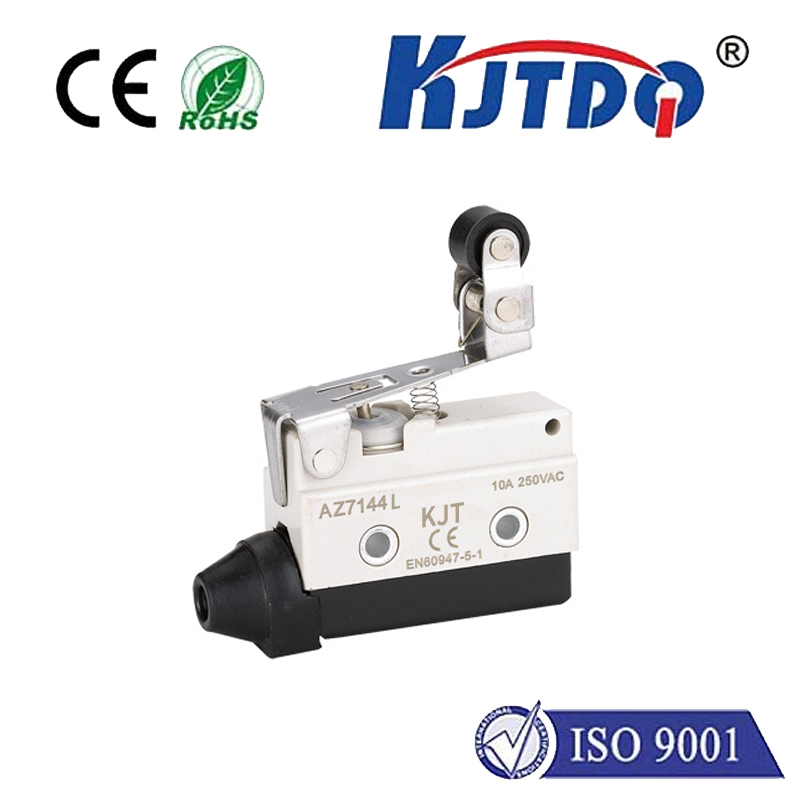

check

check

check

check

check

check

check

check

check

check
Introduction:
In industrial automation and control systems, sensors are essential components that measure various physical parameters and convert them into electrical signals. Two main types of sensors are flush and non-flush sensors. While both have their advantages and limitations, understanding their differences can help you choose the right sensor for your specific application. This article will provide an overview of flush and non-flush sensors, their features, applications, and how to choose the ideal one for your needs.
I. Flush Sensors
A. Definition and Working principle
1. Types of flush sensors (pressure, temperature, level, etc.)
2. Sensor design and construction
B. Features and Advantages
1. Easy installation and maintenance
2. High accuracy and precision
3. Compact size and low power consumption
4. Various sensing elements options
C. Applications
1. Industrial process control and monitoring
2. Chemical reactors and laboratories
3. Environmental protection and water quality monitoring
4. Food and beverage processing industries
5. Automotive and transportation systems
D. Choosing a Flush Sensor (Factors to consider)
1. Operating environment and temperature range
2. Sensing element type and material
3. Amperage requirement and voltage compatibility
4. Output signal type and resolution
5. Noise tolerance and vibration resistance
6. Cost-effectiveness and availability in the market
E. Flush Sensor Example: Pressure Transmitter with Float Sensor
1. Description of the pressure transmitter with float sensor
2. How it functions and measures pressure
3. Benefits of using this type of sensor in specific applications
II. Non-Flush Sensors
A. Definition and Working principle
1. Types of non-flush sensors (light, sound, vibration, etc.)
2. Sensor design and construction
B. Features and Advantages
1. Wide range of applications in different industries
2. Simple and cost-effective installation and maintenance
3. Versatile sensing elements options
C. Applications
1. Industrial inspection and quality control systems
2. Security surveillance systems (motion detection, intrusion alarms)
3. Medical devices (vibration analysis, force measurement)
4. Consumer electronics (acceleration, orientation, etc.)
5. Sports equipment (speed, distance, etc.)
D. Choosing a Non-Flush Sensor (Factors to consider)
1. Operating environment和temperature范围(same as flush sensors)
